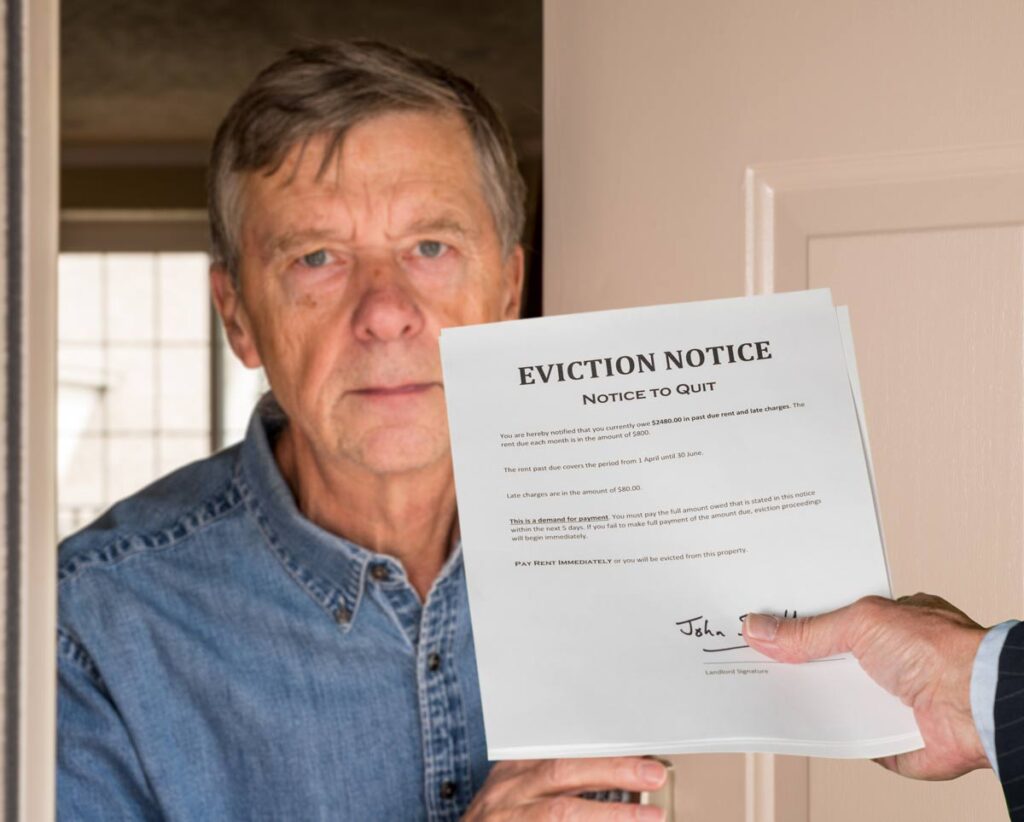In 1937, Congress authorized funding for a program that became known as Section 8. The program was part of the U.S. Housing Act, and oversight provided by the U.S. Housing and Urban Development (HUD) department of the federal government in a partnership with state agencies. The funds the program offered were to be delivered by these local and regional offices at the state level.
Today, 9.3 million Americans benefit in some way from this housing assistance program, including tenants and landlords. How does Section 8 work generally and how does the program function for landlords and tenants? We’ve collected some data on Section 8 to help you understand how it works-including the impact on landlords in California who are considering participation in this government program.
How Does Section 8 Work?
Section 8 was “developed by HUD to provide rental subsidies for eligible tenant families (including single persons) residing in newly constructed rehabilitated and existing rental and cooperative apartment projects.”
Participating landlords can receive government funding for specific types of rental units that house these tenants. There are three categories for the subsidy payout:
- Newly constructed housing
- Housing that has been “substantially rehabilitated”
- Housing provided through the LMSA program for loan management set-asides.
Each of these funding categories exists within a predetermined period defined by the contract. The new construction and substantial rehabilitation categories can be financed for up to 20 years. The government offers its payout in five-year increments for newly constructed housing and properties falling under the substantially renovated category. The LMSA program provides rental subsidies to multifamily properties. The goal is to reduce mortgage loan defaults as much as it is to give a leg up to a struggling population.
How Does Section 8 Housing Work for Tenants?

Section 8 provides rent housing vouchers (Housing Choice Vouchers) from the local public housing authority (PHA) that pay up to 40% of their income. Many Americans struggle today to find affordable housing and a living wage; Section 8 works for these tenants by providing assistance to help lower monthly rent costs. The program is targeted twoards low-income people, the elderly, and the disabled.
The PHA monitors the eligibility for program participants. For tenants, their income can’t exceed 50% of the median income for the area. However, in California, the participant’s threshold for eligibility is higher, at 80%. Obviously, these requirements can vary by location, so the presence of local PHAs is particularly necessary to ensure the program’s success.
Section 8 provides rental assistance, but the program can also be used to purchase a home. However, there is a 15-year limit on the amount of assistance these new homeowners can have. With a 30-year mortgage, the government assistance ends halfway through the lien.
Tenants, along with the landlord, have some responsibilities under the law, which include:
- Reporting if their financial situation changes.
- Paying their share of rent on time.
- Maintaining the property throughout their tenure.
How Does Section 8 Work for Landlords?
The National Housing Trust describes the benefits of Section 8 for property owners thusly: “HUD has provided private owners of multifamily housing either a long-term project-based rental assistance contract, a subsidized mortgage, or in some cases both, to make units affordable. Project-based assistance is fixed to a property.”
Becoming a Section 8 property owner isn’t as complex as you might imagine. If you have a Section 8 tenant who you’ve vetted and would like to rent to, you submit notice to your local PHA by filling out an application. Then you have to pass a safety/health inspection before being added to HUD’s local database of Section 8-eligible housing. In California, if the program is out of funds, you are added to a waiting list.
For property owners, the biggest issue may be that your housing should fall within the lower end of the fair market value cap. If you can get renters for higher than the HUD rate, you are probably not a great candidate for this program. It’s a good idea to check out the guidelines from your local PHA to find out your options.
If you’re providing Section 8 housing, you and your tenant must sign a lease and a housing assistance payments contract. Both you and your tenant now have responsibilities under the law. The role of the landlord generally under Section 8 includes:
- Providing safe and sanitary housing for a reasonable price.
- Undergoing inspections to ensure you meet housing quality standards.
- Maintaining the property appropriately throughout the resident’s stay.
HUD monitors 13 areas for landlords participating in their program. Called “Housing Quality Standards,” your local HUD monitors everything from lead-based paint to security, the quality of the water, or even if you have working smoke detectors.
The housing subsidy is paid directly into the landlord’s account and the tenant then pays the difference between the rent amount and the government subsidy.
Is Section 8 the Same As HUD?
No, Section 8 is different from HUD housing. Section 8 participants can rent private residences approved by the PHA. This could be a single-family home, a duplex, condo, or apartment. The government owns and maintains the HUD housing units. However, HUD housing has more income leeway; participants can earn up to 80% of the local average income in the area.
What Are the Benefits of Becoming a Section 8 Landlord?

Ultimately, you will have to weigh your eligibility, the market, and the goals of your business to determine whether these federally-funded programs are right for you. There are, however, benefits to partnering with HUD in these programs:
- Your subsidy is deposited directly into your account so you won’t have to worry about being paid for most of the tenant’s rent each month, even if they lose their job.
- You won’t have a problem finding tenants; demand for Section 8 housing far exceeds the supply.
- Your property will be advertised on a list to Section 8 tenants so you won’t have to work to find renters.
- These tenants have been pre-approved by the PHA.
- You can enjoy the feeling of knowing that you are helping some of the most vulnerable people in our nation find secure, quality housing.
If you’re looking for an experienced property management company, look no further than Tenant Planet. Our packages start at just $79 a month and we can customize our turnkey service to fit any client. Call on us. We’re here to help.





